News

Taiwan Tea Masters Seminar 2021
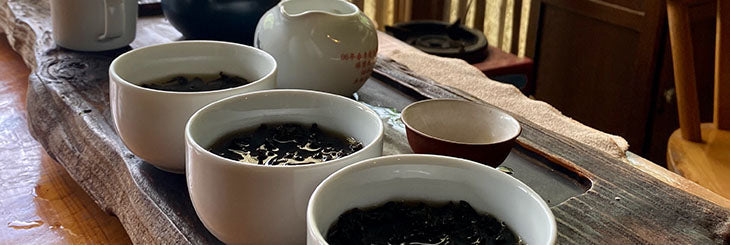
Tie Guan Yin Oolong Spring Tea Is Here!
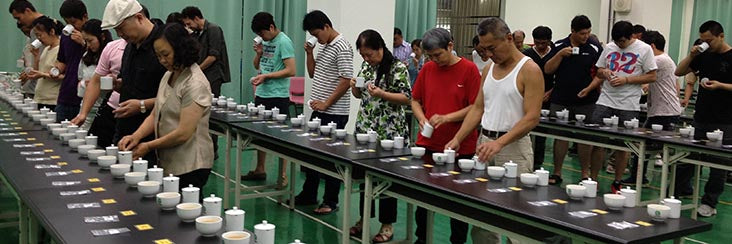
Lugu Farmers' Association Dong Ding Oolong Spring Tea Competition 2014 - Tea Fair and Tasting
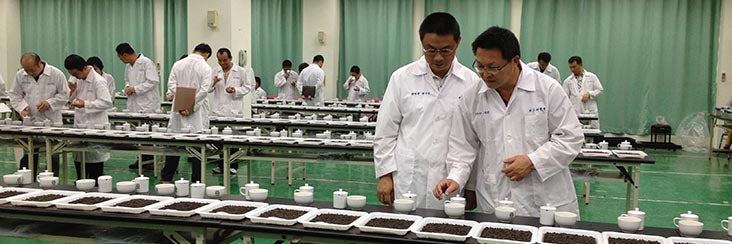
Lugu Farmers' Association Dong Ding Oolong Spring Tea Competition 2014 - Part Two
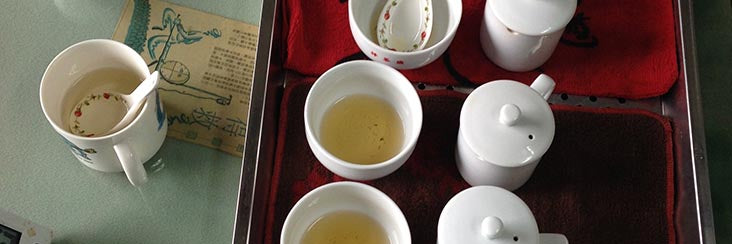
Lugu Farmers' Association Dong Ding Oolong Spring Tea Competition 2014 - Part One
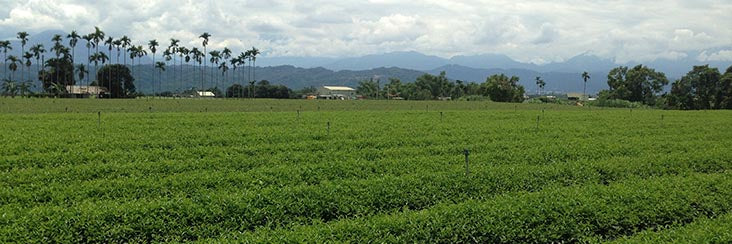
Jin Xuan Oolong: Naturally Buttery Tea
This spring crop has the classic buttery notes of a Jin Xuan Oolong with underlying sweet vegetal and woody qualities. The flavor is buttery, nutty, and savory - balanced by the smooth astringent "original Oolong" qualities that offer a clean, fragrant finish.
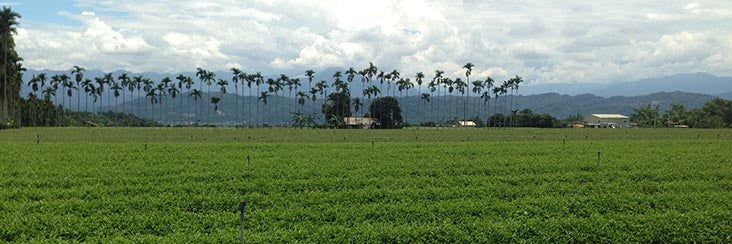
Winter Tea Shopping - A Sweet Surprise
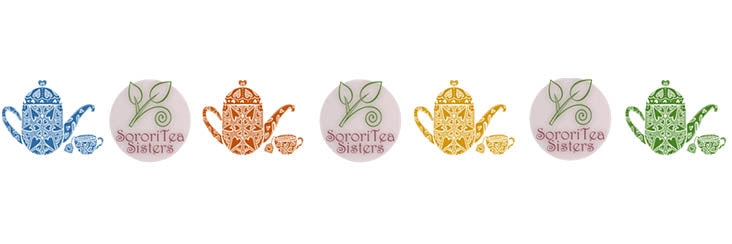
Review: Dong Ding Oolong Tea Reviewed by The SororiTea Sisters
Review: Dong Ding Oolong Review by Sagaci-tea
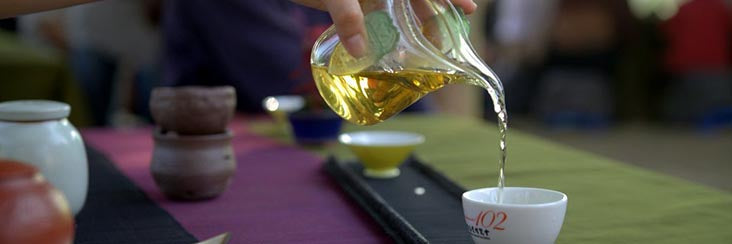
Tea & Music (Champion Tea Tasting #2)

On my second Sunday afternoon motorcycle ride out the to the Nantou Global Tea Expo, I rode directly up the steep slope of Tiger Mountain behind the main event to the Champion Tea Tasting venue. Since the tea tasting would still be happening for another couple of hours, I decided to walk over to the nearby outdoor Tea and Music venue to have a look. Just after I got there, Tony Lin showed up. He is the organizer of the Expo, who also happens to be my adopted big brother and tea mentor.
At the Tea and Music event, guests can sign up for either a morning or afternoon session where live musical performances accompany an outdoor tea party. I arrived just in time for the afternoon session and got one of the last remaining available seats. Moments later - Tony sat down at the last empty seat beside me. It was a nice coincidence that Tony just happened to show up at the same time and place as I did for a relaxing tea session hosted by a teacher of tea art and culture. It was the kind of meeting that couldn't have been planned, given Tony's demands in managing such an event.
We sat, enjoying the tea brewed and served in teaware that was fired in a traditional wood-burning kiln. This produces a natural coloration and glaze caused by the wood ash fusing to the ceramic at extremely high temperatures. This type of ceramic is considered to be conducive to curing the teapot and cups so that they will improve with use and age to brew an optimal pot of tea. The tea was provided by the Lu Gu Farmers' Association, and is my favorite of all tea types, Dong Ding Oolong - medium roasted to produce a balanced yet complex flavor and composition. So we sat, drank tea, enjoyed the soft breeze under the shade of a palm thatched roof and listened to the pieces of music being introduced and performed on traditional Chinese instruments. Overall, the setting and production captured the profound simplicity of Taiwan Tea culture. I told Tony that I wanted to attend a tea tasting afterward, and he said that he had been wanting to go too, but wasn’t in the mood for obligatory schmoozing with all the tea professionals there. So I said that he could go with me and and he agreed.
The young tea judge was surprised by the presence of the event producer and his foreign guest. He did a fine job nevertheless, but his nervousness prompted him to resort to his local Taiwanese dialect in giving the presentation. Tony was inevitably swept away into a conversation with a few older colleagues and barely got to taste the teas, just as he feared.
I was excited about this tasting because I had been told that there would be a few changes in the lineup of teas from the previous week. Instead of the Bi Luo Chun Green Tea from Northern Taiwan, there was a Bao Zhong Oolong - which I definitely preferred. It's fragrance was fresh and herbaceous and the flavor was light yet balanced and smooth with very mild astringency. The second new tea on the lighter/greener end of the spectrum was a Lu Ye Oolong from South-Eastern Taiwan in Taidong County. This is a relatively rare type of Oolong in Taiwan that is produced very green, with minimal oxidation. It has a very delicate quality of being cultivated by the seashore - similar to some Japanese teas. It is subtle and smooth and balanced with a refreshing green character. The third new selection was a Jin Xuan Oolong from Chia Yi County that was processed in the fashion of a High Mountain Oolong. This lightly oxidized, unroasted tea stood in contrast to the other two Jin Xuan selections from Nantou County that were more akin to a Dong Ding Oolong. Overall, it was yet another very educational and privileged experience to taste ten of the world's highest quality teas at one tasting - such a generous gift from the Nantou County Government.


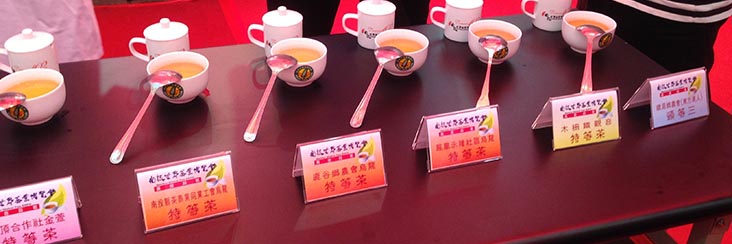
Champion Tea Tasting

The most educational and privileged event at the Nantou County Global Tea Expo, in my experience - is the opportunity to taste award winning teas from all over Taiwan. For an entrance fee of US$3.30, you can participate in a cupping of 10 of this year’s Champion Spring Teas in Taiwan. Ten participants per cupping are invited to smell the brewed leaves and taste the brewed tea through two rounds of the table. The cuppings follow the standard tea judging methods of 3g of tea leaves in a 50 ml cup brewed for 6 minutes with near-boiling temperature water. The brewed leaves and tea are then allowed to cool for about 6 minutes before sampling.
The cupping is hosted by a certified tea judge who leads the group through the brewing, smelling of the brewed leaves, and tea tasting experience. The host introduces the tea types that span the spectrum of specialty teas produced in Taiwan from green to black, yet mostly comprised of variations of oolongs. Basic explanations of the tea types are given along with the judging process that is conducted in the competitions.
The first cupping we attended this year started with a green Bi Luo Qun from Ping Lin, Taipei followed by an unroasted, minimally oxidized High Mountain Oolong from Ren Ai Township in Nantou. Step by step we moved through the gradients of oolong teas, finishing with a heavily oxidized Oriental Beauty Oolong from Xin Zhu.
More types of Champion Spring Teas can be experienced by attending other cuppings. There are 18 types of tea, almost all champion, with a few 2nd place prize winners of local competitions from all over Taiwan, offered at this event. So in order to make the best of this unique opportunity, we will attend at least a few more cuppings of this year’s champion spring teas before the event closes on October 27.



